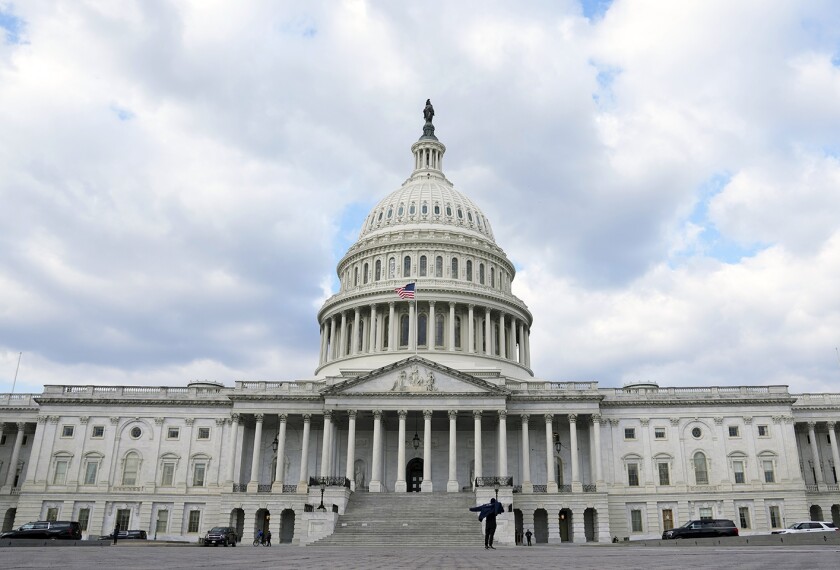Legislators in Texas and Nevada were ahead of the pack this year in passing bills to revamp the way school spending is distributed, a fiscal and political puzzle that continues to vex state lawmakers across the country.
The stable economy, surpluses in many states, and single-party control seemed to make it a ripe political environment for legislatures to consider new funding formulas. But many states, including Ohio, Idaho, and Massachusetts ran into technical and political hurdles. While Ohio and Idaho finished their legislative session without overhauling their formulas, Massachusetts’ legislature is still debating its funding formula.
The political and fiscal dynamics in Texas and Nevada, on the other hand, were different this year.
In Texas, Republican Gov. Greg Abbott, since the beginning of his tenure, had promised to lower property taxes, and a 2016 state supreme court decision relieved the legislature of keeping in place its much-criticized “Robin Hood” funding formula, which takes money from property-wealthy districts and redistributes it to property-poor districts. While the state’s high court said the funding formula that was just replaced was insufficient in getting all its students to meet bare-minimum academic standards, the court also said it was solely the legislature’s role to control the state’s purse strings.
The new funding formula, signed by the governor last week, will increase the state’s education budget by 20 percent to $11.6 billion. It will raise teachers’ pay—by what amount varies by district—underwrite free full-day pre-K for eligible 4-year-olds, and reduce the amount of money wealthy districts have to contribute to poor districts.
It does not include a proposal suggested earlier this year to pay districts more money based on academic performance.
The state will foot more of the education bill in order to reduce local property taxes.
Nevada Changes
Nevada’s legislature, which until this year had the nation’s oldest funding formula, also made major changes to that formula in a bill awaiting the governor’s signature. Democratic Gov. Steve Sisolak is expected to sign it. The state this year is under Democratic control.
The state cobbles together money for its schools from dozens of funding streams, and that has made districts’ budgets increasingly unpredictable over the years with little transparency for where the money was going.
The Clark County school district, which includes Las Vegas and is one of the largest in the nation, has for the last several years dealt with a budget crisis and again this year faces a $33 million shortfall.
The bill approved in the recently concluded session will pool all the state’s money for education into one pot and distribute those funds to districts based on the needs of the student body. The measure, known as Senate Bill 543, does not have a dollar figure attached to it. An 11-member panel of politicians, educators, and experts would oversee the distribution of funds over the next year.
But the bill has already drawn widespread disappointment in the education community, which for years has protested the state’s dismal school funding and academic rankings. The state spends on average $9,300 per student, far too little for students’ needs, advocates say.
The bill “failed to enact any real change and does nothing to solve the issue of supplanting K-12 revenue sources,” Educate Nevada Now, a school funding advocacy group said in a statement. “We are completely ignoring the recommendations from the state’s own numerous studies, and instead, are opting only to reslice the same inadequate funding pie and forgoing any real future commitment to increased funding.”





